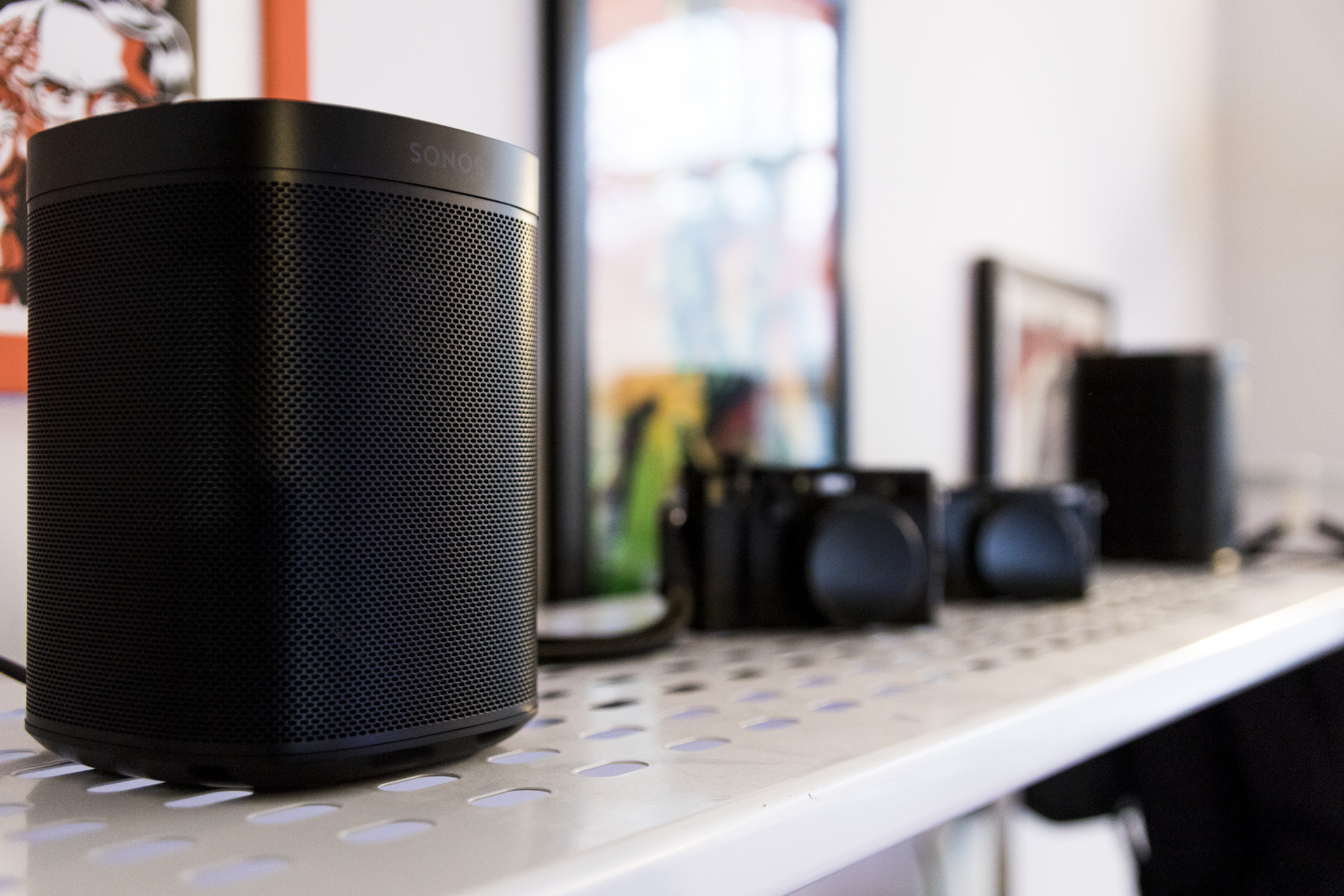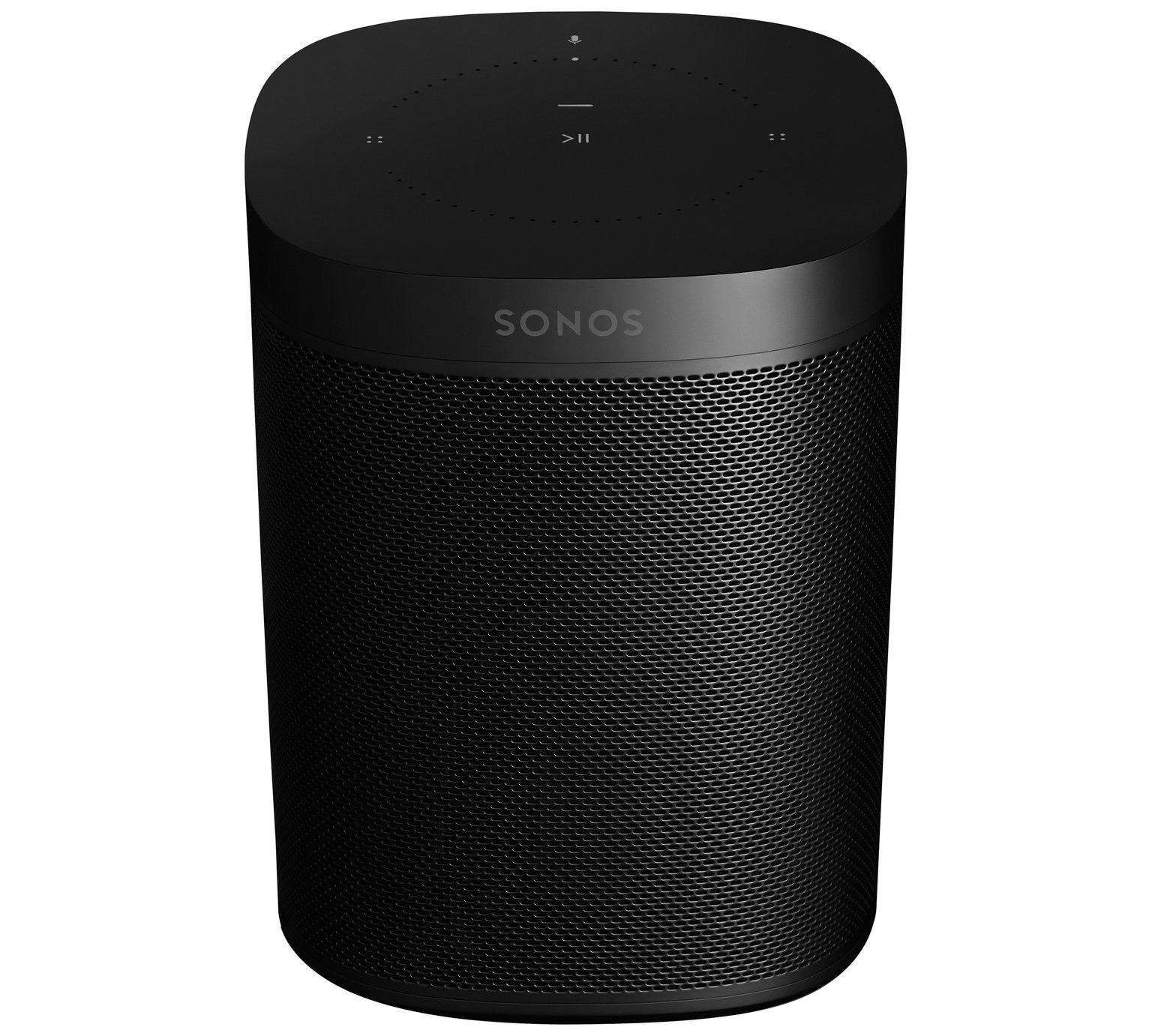
With both supported, users get the choice of personal assistants rather than being restricted to one platform, as you are with an Amazon Echo or Google Home/Nest speaker.Įnsure the One's microphone is turned on and you'll be able to ask Alexa or Google Assistant anything, as you can via an Amazon Echo or Google Home/Nest speaker. The Sonos One runs Amazon Alexa, as well as Google Assistant, like the Move, Roam, Beam and Arc speakers. The Sonos One has all the same features as other Sonos speakers, but it adds built-in voice control thanks to the array of six-microphones within the top of the device.

The Sonos One SL has an identical top to the Sonos One but it lacks this microphone button as it doesn't feature integrated voice control. When it's on, a light positioned at the top of the circle of dots lights up so you're fully aware it's on and listening. This microphone button can be turned on and off with a tap.

It's what sits above the circle of dots that makes this speaker stand out from the older speakers in the Sonos line-up that came before the One though: the microphone icon button. There is a Play/Pause button in the centre of the One's control pad, with a slim LED status light positioned above, and volume controls either side, visually linked by a circle of dots. The top is also completely flat rather than indented like the Play:1, for a cleaner overall design. Rather than the physical Play/Pause and volume buttons, the Sonos One has capacitive touch controls, matching the style of the more recent Sonos speakers, like the Sonos Move (September 2019) and Sonos One SL (September 2019). Despite its similar design and dimensions, the One offers a completely different top to the Play:1.


 0 kommentar(er)
0 kommentar(er)
